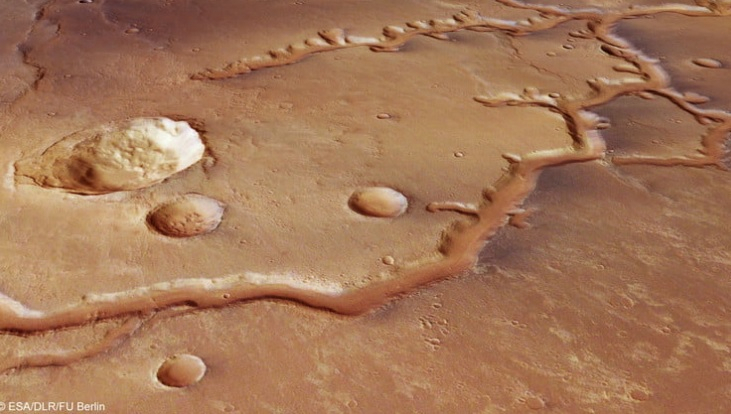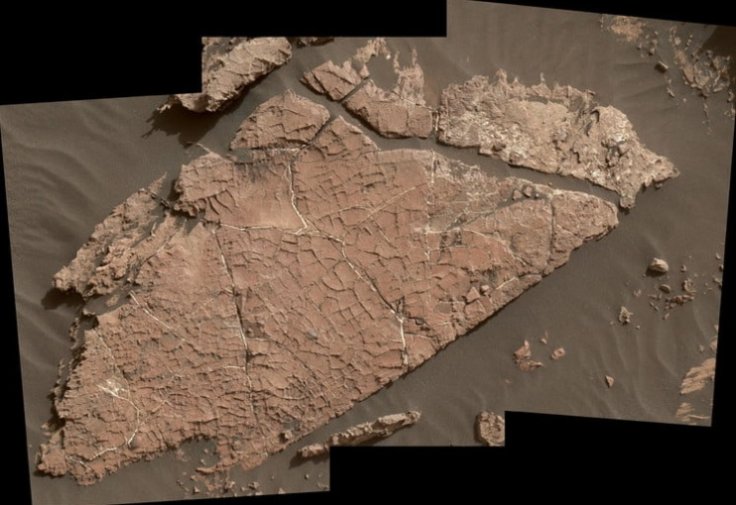
A few weeks back, a study led by Briony Hogan, professor at Purdue University had suggested that conditions on Mars before four billion years were very much suitable to support simple life forms.
The study also added that the Martian atmosphere was capable enough to host pouring rainstorms and flowing water. Now, a set of images released by NASA and the European Space Agency (ESA) have apparently shed light on the history of flowing water on the Red Planet.
The image released by ESA was taken by the Mars Express, a spacecraft around the orbit of the planet. This image features a dried-up river system called Nirgal Vallis that is located just south of the equator. It should be noted that this river system stretches for almost 700 kilometres, and it was apparently shaped in the ancient days due to the flow of water through the rocks.
In the image, sites of meteor impacts can be also seen as round craters. Experts reveal that this river system is approximately 3.5 to 4 billion years old.
The image released by NASA is taken within the Gale Crater, which is also located near the equator. The Curiosity Mars rover which has been exploring the site captured image of network cracks on the ground. These network cracks indicate that there was once mud in this location, which cracked as it dried up in the course of time.

In the coming years, NASA's Curiosity Mars rover will look up to these craters close to get a better understanding of the ancient history of flowing water on the Red Planet. The upcoming missions of NASA to Mars will also look for signs of life that may have once existed on the Red Planet.
Interestingly, a couple of weeks back, Dr Jim Green, a chief NASA scientist had revealed that alien life on Mars will be discovered within the next few months. Green also added that the discovery will be made before 2021, but the world is not prepared to accept the reality of alien existence.









